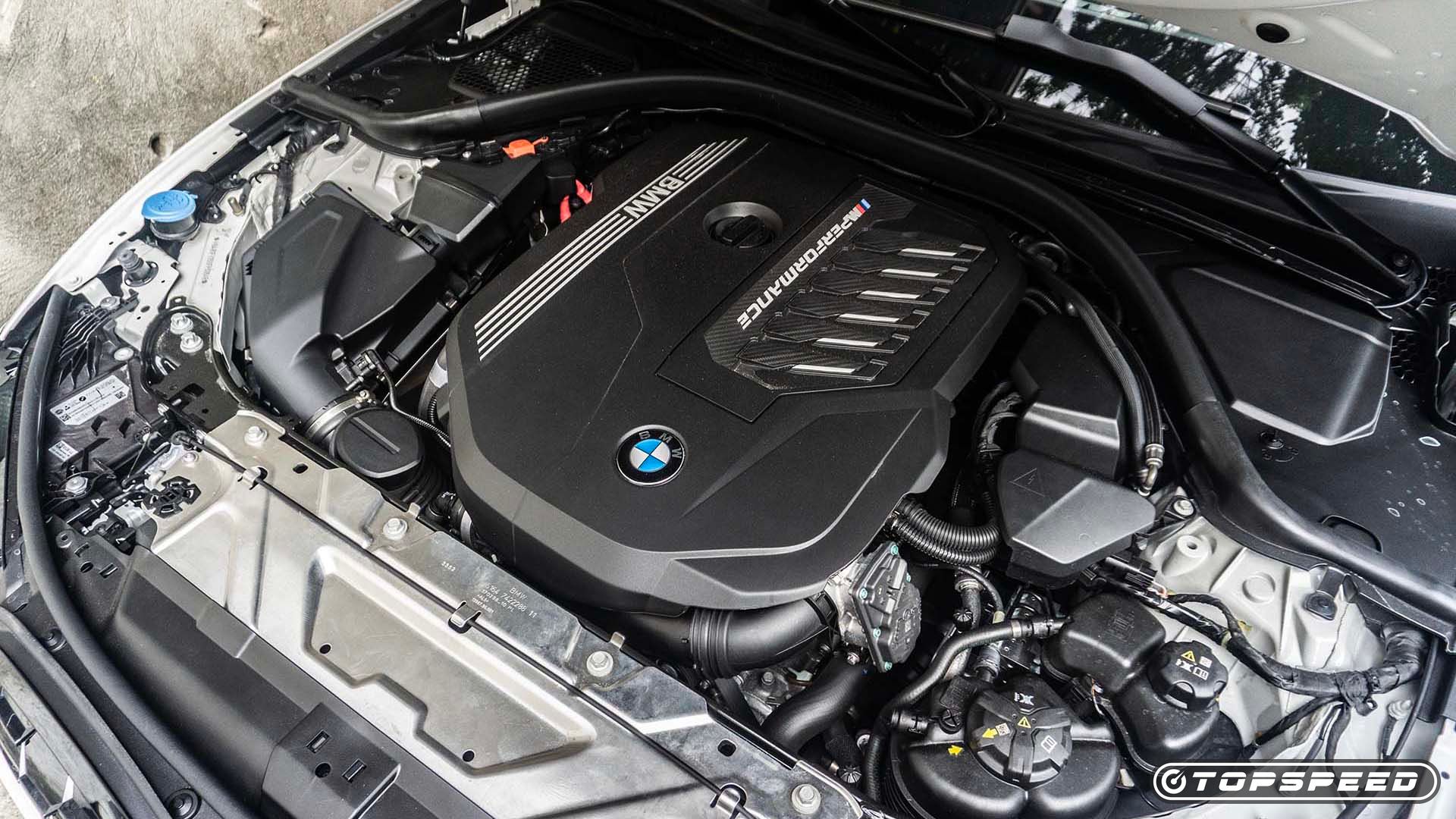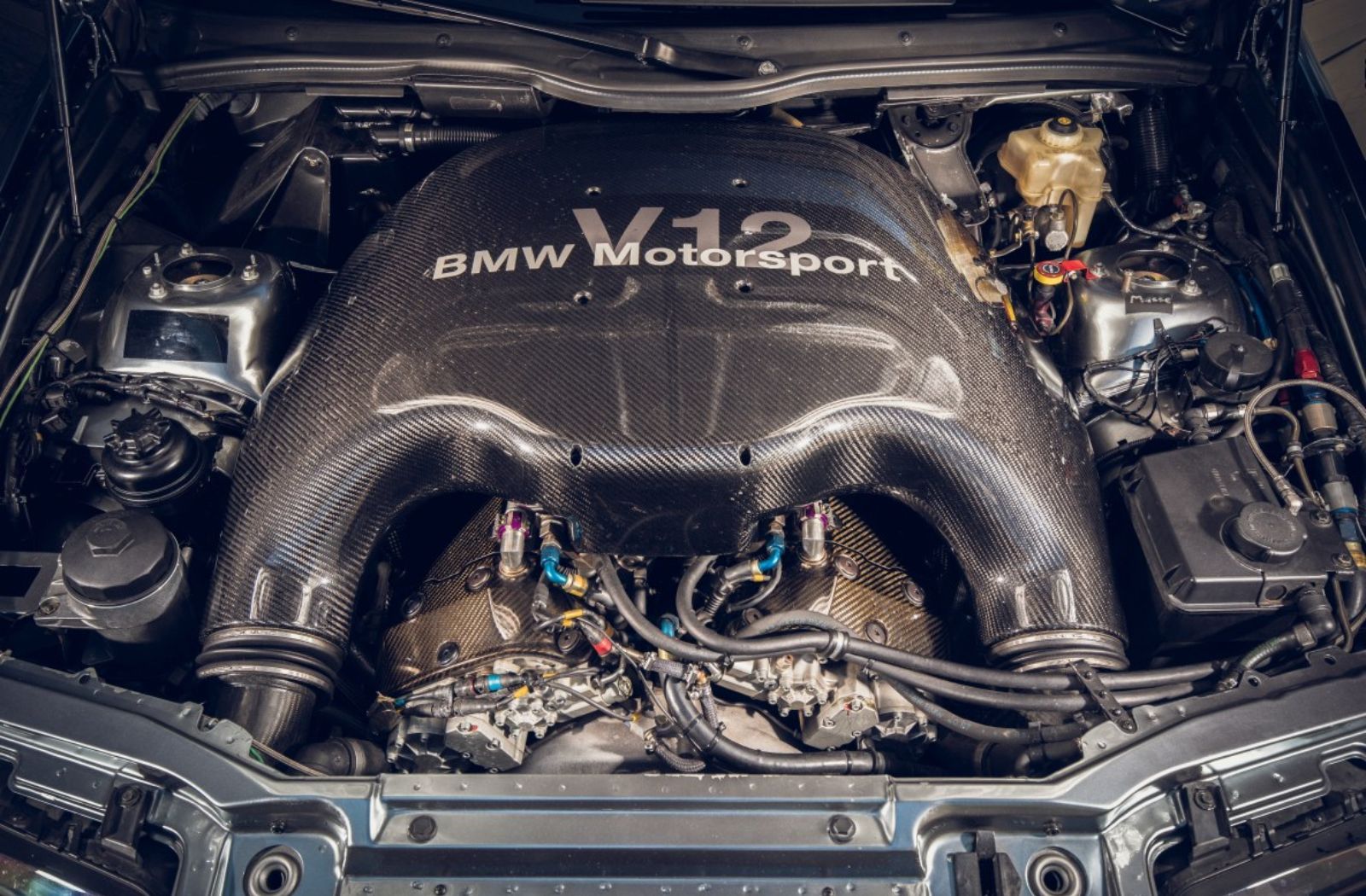Introducing the Intricacies of Next-Generation Power Units: a Deep Study Advanced Engine Technologies and designs
As we stand on the precipice of a brand-new period in transportation, the intricacies of next-generation engine layouts beckon us to discover the innovative technologies and advancements that promise to redefine the driving experience. Digging deeper right into the realms of emission control, intelligent engine monitoring systems, and the horizon of power unit growth, we find ourselves on the cusp of a makeover that promises to reshape the landscape of flexibility as we know it.
Advancement of Engine Materials

The change towards advanced engine products has likewise made it possible for designers to create engines with higher power results while preserving gas efficiency standards. The use of lightweight materials lowers the overall weight of the engine, leading to improved gas economic situation and reduced exhausts. Additionally, improvements in materials innovation have enabled for much better thermal management within engines, causing enhanced dependability and longevity.
Turbocharging and Supercharging Technologies
Exactly How do Turbocharging and Supercharging Technologies transform engine performance and performance in contemporary vehicles? Supercharging and turbocharging are innovations that considerably boost engine efficiency by raising the quantity of air consumption into the burning chamber. Turbocharging achieves this by making use of a wind turbine driven by exhaust gases to pressurize the intake air, while turbo charging utilizes a belt- or chain-driven compressor to accomplish the exact same effect.
These innovations allow smaller sized, a lot more fuel-efficient engines to produce power comparable to larger ones, understood as downsizing. By forcing even more air into the cyndrical tubes, turbocharging and supercharging improve burning effectiveness, causing enhanced horse power and torque output without a considerable rise in engine size. This brings about better velocity, lugging capability, and total driving performance.
In addition, turbo charging and turbocharging add to improved fuel performance by allowing the use of smaller sized engines that eat less fuel under typical driving conditions - bmw engine. This combination of improved efficiency and efficiency has made turbocharging and turbo charging essential components of numerous modern engine designs
Discharge Control and Environmental Impact
With enhancing worldwide problems regarding air top quality and ecological sustainability, the application of discharge control modern technologies in automobiles plays an important role in minimizing unsafe toxins launched right into the ambience. Modern lorries are outfitted with innovative emission control systems that browse around these guys help lessen the environmental effect of automotive procedures. Catalytic converters, as an example, are developed to transform poisonous gases such as carbon monoxide, nitrogen oxides, and hydrocarbons right into less dangerous compounds like co2 and water vapor.
Furthermore, innovations in engine modern technology, such Full Article as the integration of exhaust gas recirculation systems and selective catalytic decrease, have considerably added to reducing discharges. These innovations operate in tandem to optimize combustion effectiveness and reduce the launch of unsafe pollutants into the air. In addition, the development of hybrid and electrical lorries represents a critical step towards reducing the total environmental footprint of the transport sector.
Intelligent Engine Management Equipment

Furthermore, these systems make it possible for lorries to meet rigid discharges requirements without compromising performance, offering an extra eco-friendly driving experience. The combination of expert system and artificial intelligence capabilities in engine administration systems remains to push the limits of what is feasible, bring about additional enhancements in efficiency, reliability, and general car efficiency. bmw engine. As automotive modern technology breakthroughs, intelligent engine management systems will certainly play a crucial function in shaping the future of transportation towards a much more sustainable and efficient instructions
Future Trends in Power System Growth
As smart engine management systems lead the method for improved control and optimization in modern automobiles, future trends in power device development are positioned to redefine the landscape of auto propulsion technologies. These different power sources supply improved performance and performance while aligning with rigorous ecological policies.
An additional significant trend is the assimilation of sophisticated materials and making techniques. Light-weight materials such as carbon fiber and light weight aluminum are being utilized to lower total car weight, enhancing gas effectiveness and efficiency. Additionally, developments in 3D printing and additive production are allowing the manufacturing of intricate engine components click for more info with higher precision and resilience.
In addition, fabricated intelligence and artificial intelligence are playing a crucial role in optimizing power device efficiency. These modern technologies permit real-time monitoring and flexible control, causing a lot more efficient and trustworthy power delivery. Generally, future trends in power system development are geared towards performance, effectiveness, and sustainability, driving the automobile sector in the direction of a brand-new era of propulsion innovations.

Final Thought
In conclusion, the innovations in engine materials, turbocharging, exhaust control, and smart monitoring systems have actually paved the method for next-generation power devices. The detailed styles and technologies in modern engines showcase the ongoing advancement of vehicle modern technology.
Checking out the progressive innovations in engine materials has actually been essential in improving the efficiency and performance of contemporary engines. Over the years, the development of engine materials has actually played a vital role in pressing the boundaries of what engines can attain.The change in the direction of advanced engine materials has likewise made it possible for designers to create engines with greater power results while keeping fuel effectiveness criteria.The implementation of intelligent engine management systems in contemporary lorries has transformed the way engines are regulated and enhanced for performance and performance. By gathering information in real-time and assessing it with advanced algorithms, smart engine management systems can adjust to driving designs, environmental factors, and engine health and wellness to maximize power outcome while lessening fuel usage and emissions.